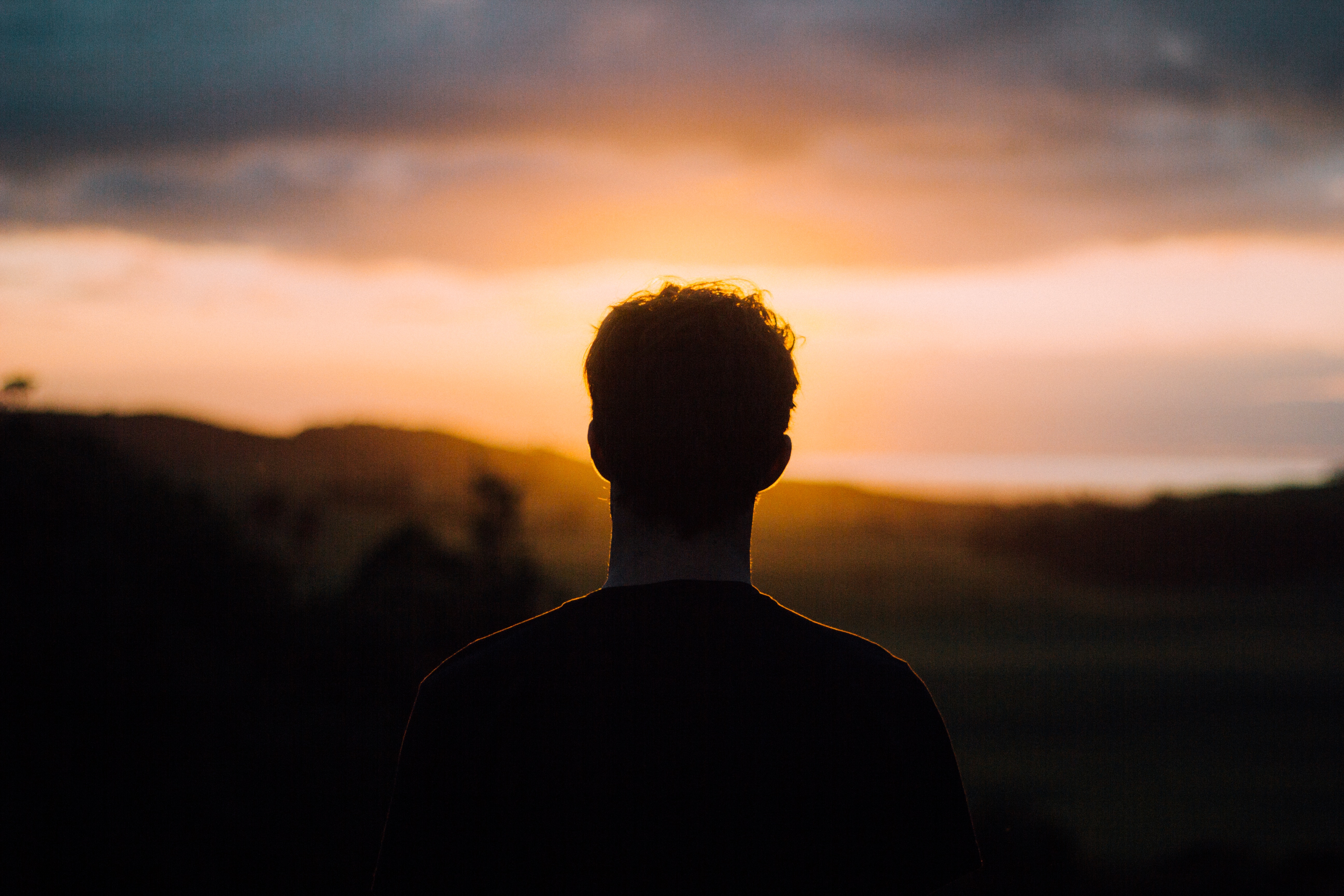There are times in life when things fall apart, when we lose something deeply important, something that made us feel connected, grounded or safe. Sometimes a lot of things fall apart at the same time. There are times in life, for everyone, when it feels like all our safety nets get cut, and we are stripped of everything that we considered our foundation.
A friend of mine recently went through a divorce. The end of her marriage came, as many do, with great misunderstanding and pain. The worst part was that she felt like her best friend, her ex-husband, had turned into someone she didn’t know, and who seemed to hate her, which created great sorrow and feelings of helplessness. She was now a 50-something single woman with the sense that nothing in life could be counted on. If this rupture could happen when her intentions had been so good, with someone whom she had loved so deeply, and been so honest with, then the world was surely an unsafe place. There was no ground to be found, nothing to root her to a sense of safety. She felt entirely untethered, terrified, as if she were floating in a space capsule that had lost touch with its earthly command center.
She had no idea how to move forward.
What my friend did next is what so many of us do when we are in a situation of profound suffering: She switched into action mode. She started making plans to meet the next man, to get back into life. She joined “meetup” groups, registered with dating sites, called everyone she knew to find out who they knew that she might like. She purchased subscriptions to magazines that listed social activities in her city, signed up for new classes, and got “out there” in every way. No “next” stone was left unturned.
How my friend reacted to her sadness and fear is very normal, very human. When we dive into fierce action as a response to suffering, we are really just tying to make the bad feelings go away, and thus to take care of ourselves. We want to feel better, so we set out to figure out how to make that happen. We feel powerless, so we empower ourselves with action steps. In fact, there is nothing wrong with—and a lot right—with doing things to make ourselves feel better when we are suffering.
And yet, my friend’s very normal action approach misses one crucial ingredient: It does not allow our actual feelings (and thus our self) to be included in our experience. As we feverishly set out to change our feelings, what is left out of the process is feeling what we are actually feeling.
When we experience great loss or emotional trauma, we usually don’t know what to do, or how to make it better—what the path to better will look like and how it will come about. In addition to allowing ourselves to feel the sadness, helplessness, and fear that loss brings, it is also profoundly important to allow ourselves to feel what it is like to not have an answer, and not know how we are going to make the situation change and remedy our pain. We can remind ourselves that the situation and the feelings will change, as everything always does, but that right now, in this moment, we can give ourselves permission to not know what to do.
For we Type A’s, and even Type B’s and C’s, allowing the feeling of not knowing how to help ourselves can be very hard and scary. And yet, permission to not know is a profound gift to ourselves and an act of deep self-caring. Sometimes, this alone can ease the suffering and take care of our pain, without doing anything else whatsoever.
Suffering, as awful as it feels to walk through, is our teacher. But it can only teach us if we allow it to be felt. Sadness, fear, not knowing—all the difficult emotions, when experienced, change who we are, which ironically is what we are trying to accomplish when we run around frantically trying to fix our painful feelings. When we allow our real feelings to be here, as they are, we offer ourselves a warm embrace and the kindness of our own compassionate presence. We agree to be with ourselves, keep ourselves company in what we are truly living.
While it is contrary to how we are conditioned in this culture to respond to suffering, the simple act of letting ourselves feel how we feel is the act that is indeed most helpful in both healing and generating change. Allowing ourselves to be sad soothes sadness. Allowing ourselves to be afraid calms our fear. Allowing ourselves to not know how to fix our pain soothes the anxiety of having to fix it. Allowing ourselves to be who we are, as we are, allows us to feel deeply self-loved, welcome in our own life, and not alone.
When we allow ourselves to feel how we feel, we find the company of our own presence, which will always ease our suffering.

